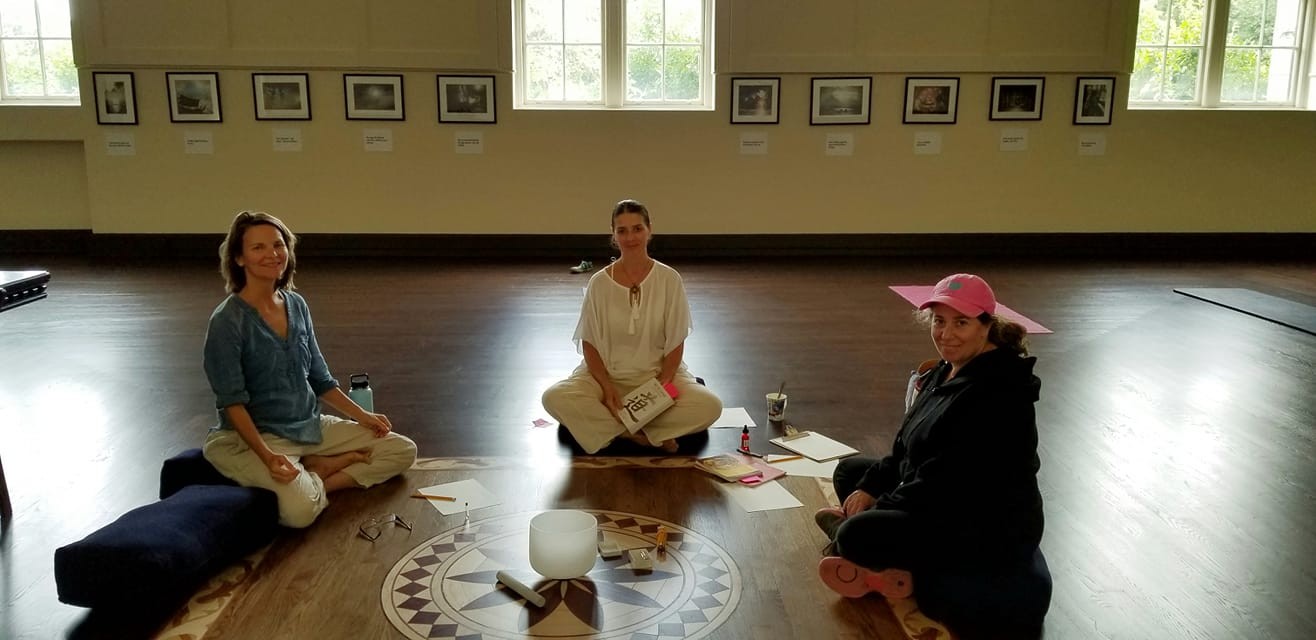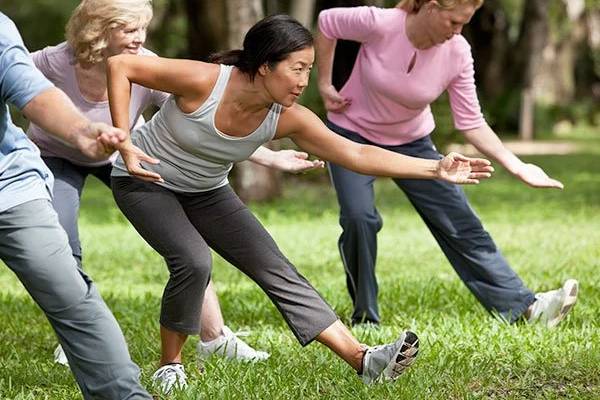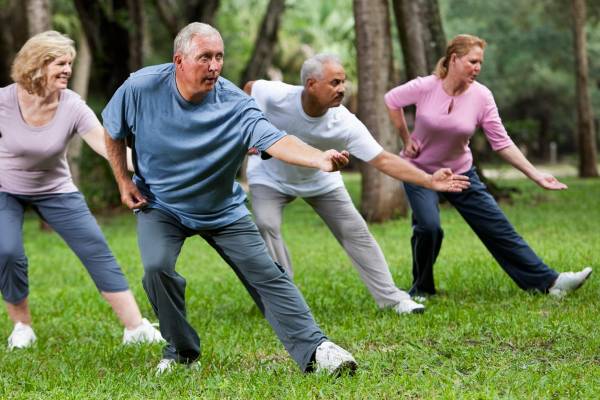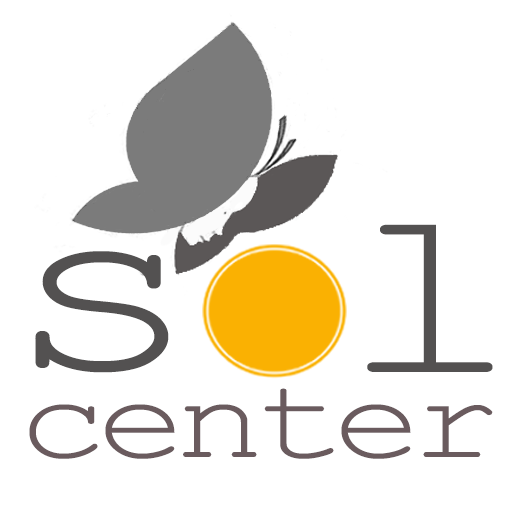We Love Email: [email protected]

Class description
Foundational Tai Ji
Connect with your own vital force and with the flow of seasons through gentle meditative Tai Ji exercises incorporating breathing and posture dynamics.
Literally, “tai” means “great”, and “ji” means “ridge line”, or “pole” in a house. It is best translated as “The Great Polarity”. The taiji represents the separation of yin (yielding principle) and yang (active principle), as well as their interaction and merging.
It creates the physical world. By comparison, before the “taiji” is the “wuji”. Wu means ”none” or “no”. Wuji means “no ridge line’, no separation of yin and yang.
It is best translated as “The Non-Polarity” (the reality beyond the physical world). Through the practice of Tai Ji, the abilities of the human being can be developed to reach their highest potential by balancing the yielding principle (yin) and the active principle (yang), ultimately leading opening the access to Wuji (The Non-Polarity).

Curriculum Sample
Theory:
What is Tai Ji? The Philosophical Principles of Tai Ji. Introduction to regulated breath. Condensing Breathing. Increasing your qi awareness. The role of the mind. The yin-yang motion theory. Partner Practice. How to Transfer Internal Power. Readings from the Classics. Your daily Tai Ji routine. Tips for a better practice.
Practices: Silk Reeling Practice, Inner Mountain Practice, The 18 postures Set, Push hands.
Benefits: Although tai chi is slow and gentle, it addresses the key components of a balanced daily exercise routine:
Muscle strength. When practiced regularly, tai chi can be comparable to resistance training. Although you aren’t working with weights or resistance bands, the unsupported arm exercise involved in tai ji strengthens your upper body. Tai ji strengthens both the lower and upper extremities and also the core muscles of the back and abdomen.
Flexibility. Tai ji can boost upper- and lower-body flexibility as well as strength.
Balance. Tai chi improves balance and, according to some studies, reduces falls. Proprioception — the ability to sense the position of one’s body in space — declines with age. Tai ji helps train this sense, which is a function of sensory neurons in the inner ear and stretch receptors in the muscles and ligaments.
Cardiovascular workout. Depending on the type of breathing and posture set, you can enjoy a milder or more enhanced workout practicing tai ji, comparable to a brisk walking. At the end of the practice the circulation is activated and the heart muscle is gently stimulated. The heart loves mild exercise!
Regulation. As a result of the regulated breath, the metabolic functions become more tuned in with their natural rhythm.
Focus and coordination. Repetition creates new neural pathways. You are rewiring your brain for enhanced focus and calm. Connecting the mind, the breath and the body increases your focus, inner coherence and self-awareness.
Inner peace.
Make a Booking.

Group Class $25
Private instruction on zoom
Tuesdays 7.30pm- 8.30pm
Foundational Tai Ji Mentorship

10 (1 on 1) Sessions $550
Private instruction on zoom
Duration of 60 minutes
Private Emails to Clarify Topics
Readings & Research Articles
Certificate of Completion
Cancellation and Rescheduling Policies
We request that Notice of Cancellation of an appointment be made in accordance to the below mentioned policy.
Read More
If you wish to cancel or reschedule your appointment, please message us through the patient portal or email us at [email protected] Repeated “missed appointments” may result in termination of services and discharge as a patient from the practice. If you wish to re-establish care with our practice you will have to make a new patient appointment and incur the fees associated with that service. We ask that you please be respectful of our cancellation policies stated below as a courtesy to us as well as others in the practice. We understand that emergencies and unexpected circumstances do happen and we will do our best to work with you to reschedule your appointment when possible in a timely fashion. Cancellation fees may be applied if cancellation falls into the below stated policy based on your appointment type. Appointments must be cancelled or rescheduled at least 1 week prior to your scheduled appointment or cancellation fees will apply. Cancellation fees will equal 50% of the appointment fee ($200) for the first late cancellation and 100% of the appointment fee ($400) for subsequent late cancellations. If your initial appointment is scheduled within 1 week, the appointment must be cancelled or rescheduled at least 3 business days prior to your scheduled appointment or cancellation fees will apply. Initial Consults or New Patient appointments:


